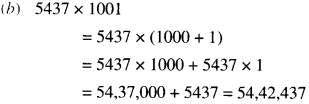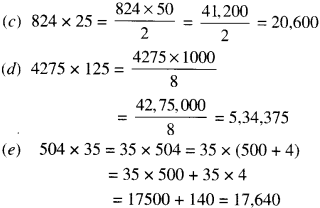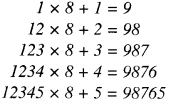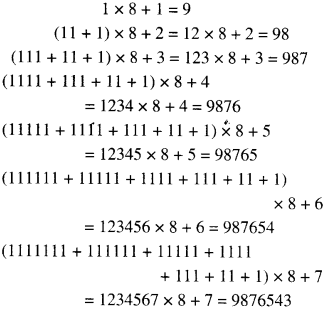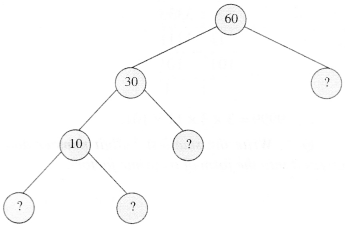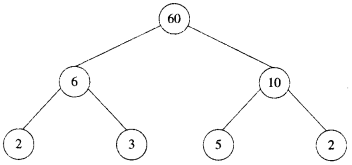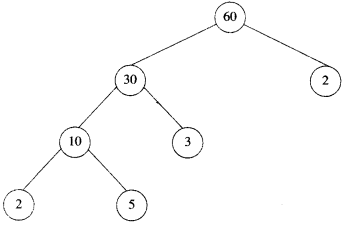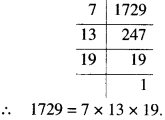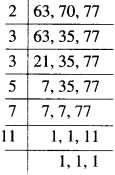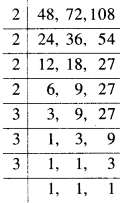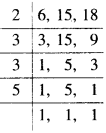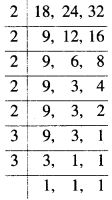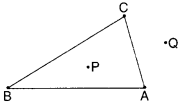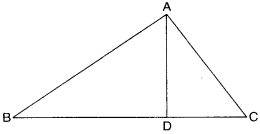NCERT Solutions for Class 6 Maths Chapter 3 Playing With Numbers Ex 3.6 are part of NCERT Solutions for Class 6 Maths. Here we have given NCERT Solutions for Class 6 Maths Chapter 3 Playing With Numbers Ex 3.6. https://mcqquestions.guru/ncert-solutions-for-class-6-maths-chapter-3-ex-3-6/
| Board | CBSE |
| Textbook | NCERT |
| Class | Class 6 |
| Subject | Maths |
| Chapter | Chapter 3 |
| Chapter Name | Playing With Numbers |
| Exercise | Ex 3.6 |
| Number of Questions Solved | 3 |
| Category | NCERT Solutions |
NCERT Solutions for Class 6 Maths Chapter 3 Playing With Numbers Ex 3.6
Question 1.
Find the H.C.F. of the following numbers,
(a) 18, 48
(b) 30, 42
(c) 18, 60
(d) 27, 63
(e) 36, 84
(f) 34, 102
(g) 70, 105, 175
(h) 91, 112, 49
(i) 18, 54, 81
(j) 12 45 75
Solution :
(a) 18,48
Factors of 18 are 1, 2, 3, 6, 9 and 18.
Factors of 48 are 1, 2, 3,4, 6, 8, 12, 16, 24 and
∴ Common factors of 18 and 48 are 1, 2, 3
Highest of these common factors is 6. ∴ H.C.F. of 18 and 48 is 6.
(b) 30,42
Factors of 30 are 1, 2, 3, 5, 6, 10, 15 and 30.
Factors of 42 are 1, 2, 3. 6. 7, 14, 21 and 42. ,
∴ Common factors of 30 and 42 are 1,2, 3 and 6.
Highest of these common factors is 6.
∴ H.C.F. of 30 and 42 is 6.
(c) 18,60
Factors of 18 are 1, 2, 3, 6, 9 and 18. Factors of 60 are 1,2, 3,4, 5,6,10 12,15, 20, 30 and 60.
∴ Common factors of 18 and 60 are 1, 2, 3 and 6.
Highest of these common factors is 6.
∴ H.C.F. of 18 and 60 is 6.
(d) 27,63
Factors of 27 are 1, 3, 9 and 27.
Factors of 63 are 1, 3, 7, 9, 21 and 63.
Common factors of 27 and 63 are 1, 3 and 9.
Highest of these common factors is 9.
∴ H.C.F. of 27 and 63 is 9.
(e) 36,84
Factors of 36 are 1, 2, 3,4, 6, 9,12, 18 and 36.
Factors of 84 are 1,2, 3,4,6,7, 12, 14,21, 28, 42 and 84.
Common factors of 36 and 84 are 1,2, 3,4, 6 and 12.
Highest of these common factors is 12.
∴ H.C.F. of 36 and 84 is 12. if) 34,102 • ‘
Factors of 34 are 1,2, 17 and 34.
Factors of 102 are 1, 2, 3,6,17, 34. 51 and 102.
∴ Common factors of 34 and 102 are 1, 2, 17 and 34.
Highest of these common factors is 34.
∴ H.C.F. of 34 and 102 is 34.
(g) 70,105,175
Factors of 70 are 1. 2, 5. 7, 10. 14, 35 and 70.
Factors of 105 are 1, 3, 5. 7. 15. 21. 35 and 105.
Factors of 175 are 1. 5, 7. 25. 35 and 175. .’. Common factors of 70, 105 and 175 are 1, 5 and 35.
Highest of these common factors is 35.
∴ H.C.F. of 70. 105 and 175 are 35.
(h) 91,112,49
Factors of 91 are 1,7, 13 and 91.
Factors of 112 are 1,2. 4. 7, 8, 14. 16. 28, 56 and 112.
Factors of 49 are 1.7 and 49.
Common factors of 91,112 and 49 are 1 and 7.
Highest of these common factors is 7.
∴ H.C.F. of 91, 112 and 49 is 7.
(i) 18,54,81
Factors of 18 are 1. 2, 3. 6, 9 and 18. Factors of 54 are 1, 2. 3, 6. 9, 18. 27 and 54.
Factors of 81 are 1. 3, 9, 27 and 81.
∴ Common factors of 18,54 and 81 are 1, 3 and 9.
Highest of these common factors is 9.
∴ H.C.F. of 18, 54 and 81 is 9.
(j) 12, 45, 75
Factors of 12 are 1, 2, 3, 4, 6 and 12. Factors of 45 are 1, 3, 5, 9, 15 and 45.
: Factors of 75 are 1, 3, 5, 15, 25 and 75.
∴ Common factors of 12,45 and 75 are 1 and 3.
Highest of these common factors is 3.
H.C.F. of 12. 45 and 75 is 3.
Question 2.
What is the H.C.F. of two consecutive :
(a) numbers?
(b) even numbers?
(c) odd numbers?
Solution :
(a) The H.C.F. of two consecutive numbers is 1.
(b) The H.C.F. of two consecutive even numbers is 2.
(c) The H.C.F. of two consecutive odd numbers is 1.
Question 3.
H. C.F. of co-prime numbers 4 and 15 was found as follows factorization: 4 = 2 × 2 and 15 = 3 × 5 since there is no common prime factor, so H.C.F. of 4 and 15 is 0. Is the answer correct? If not, what is the correct H.C.F?
Solution :
No, the answer is not correct. The correct answer is as follows :
H.C.F. of 4 and 15 is 1.
We hope the NCERT Solutions for Class 6 Maths Chapter 3 Playing With Numbers Ex 3.6 help you. If you have any query regarding NCERT Solutions for Class 6 Maths Chapter 3 Playing With Numbers Ex 3.6, drop a comment below and we will get back to you at the earliest.

